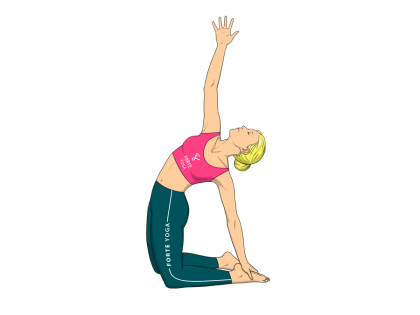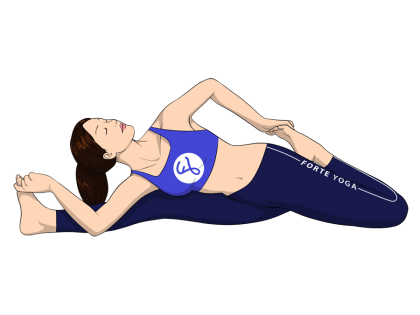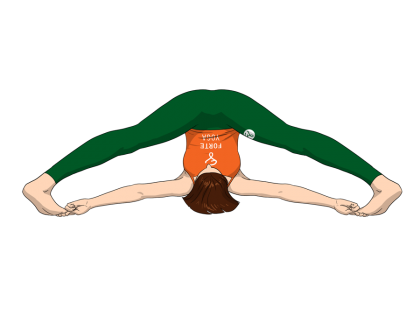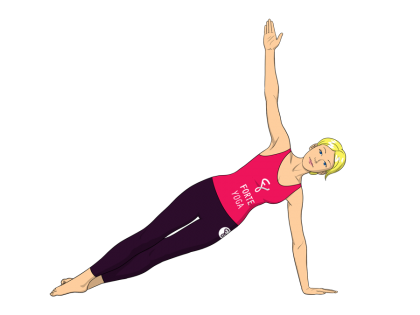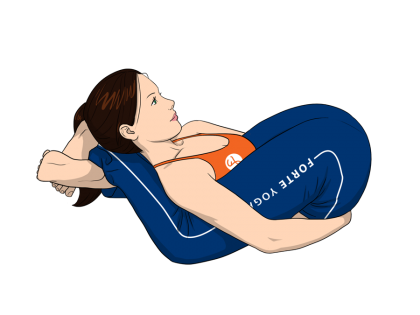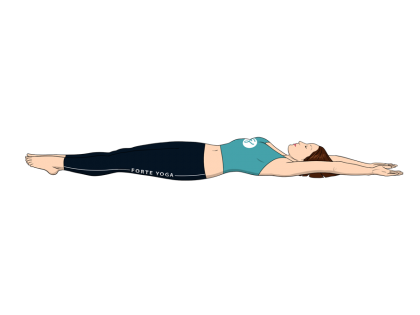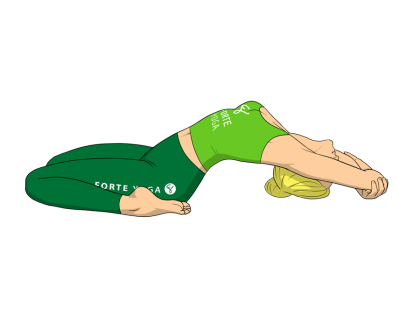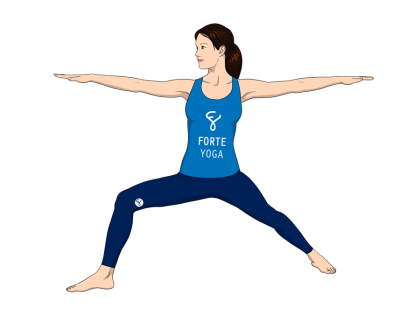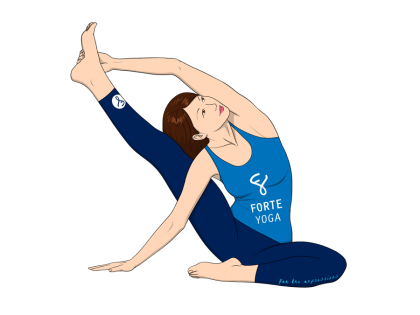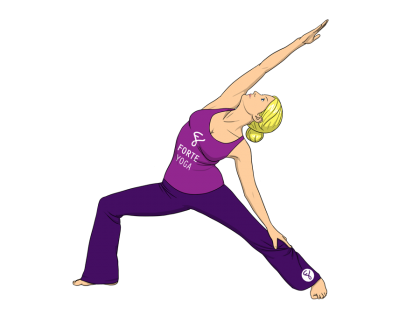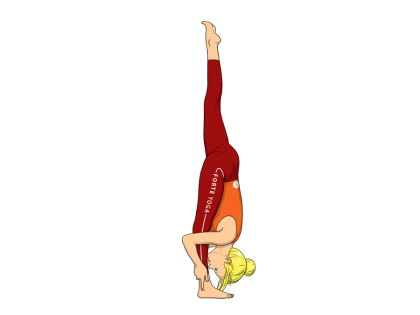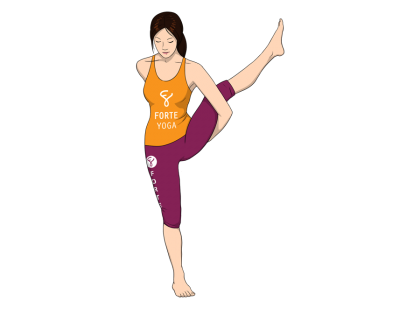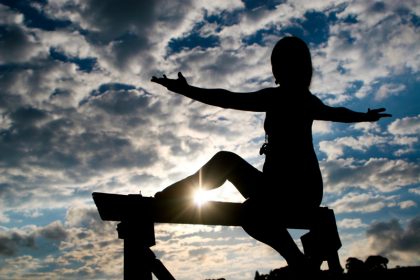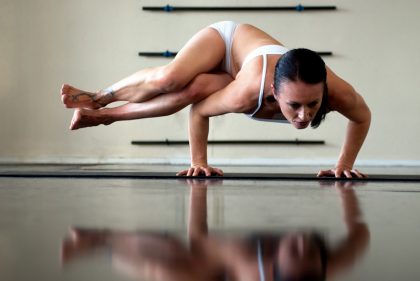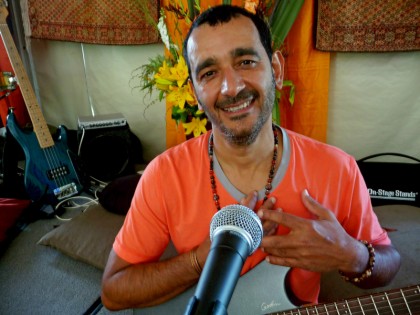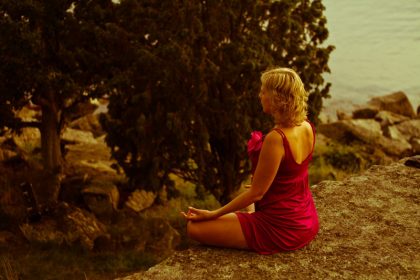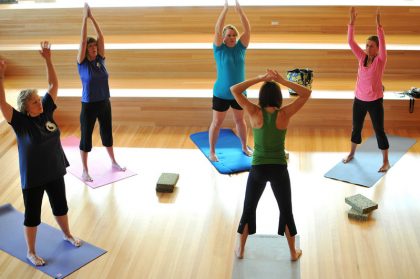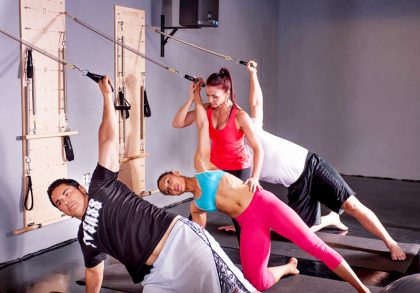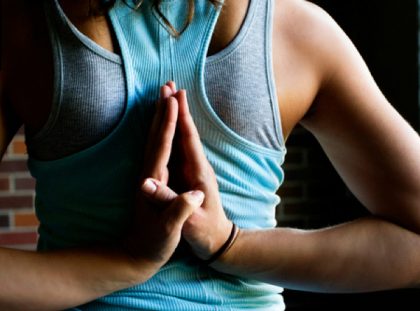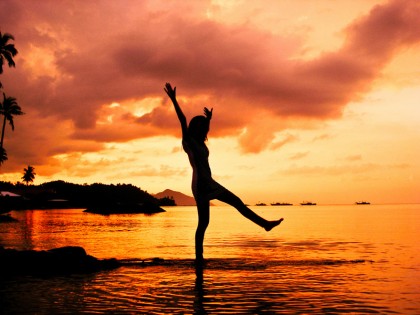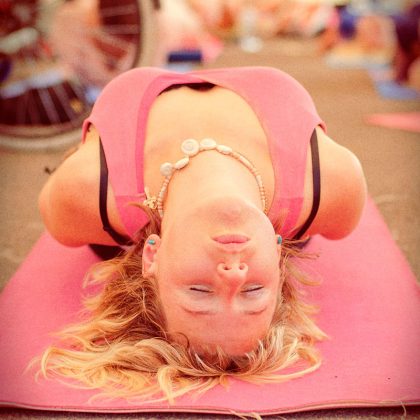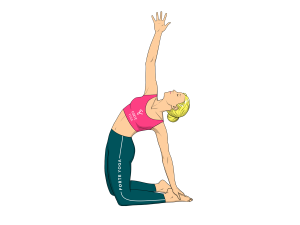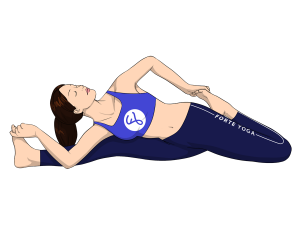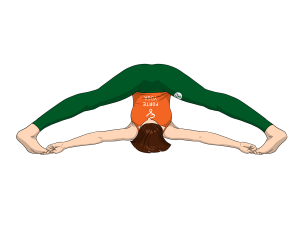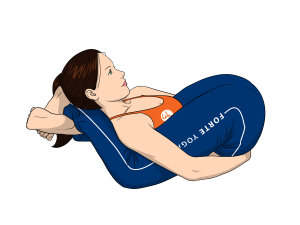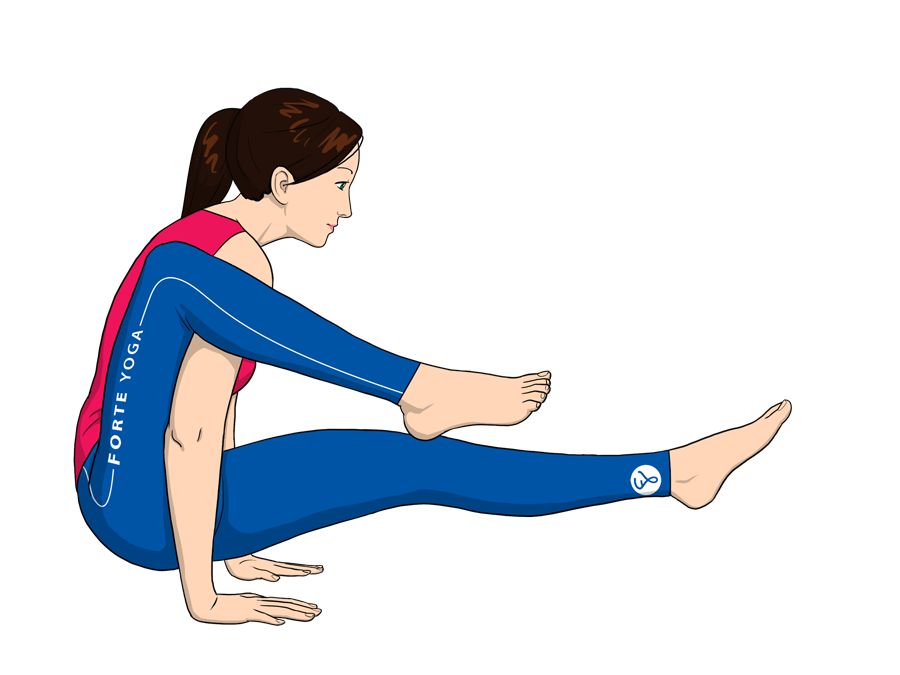
overview
Elephant’s Trunk Yoga Pose is an arm balance pose that targets the biceps and triceps and is ideal for yogis and yoginis at an advanced level.
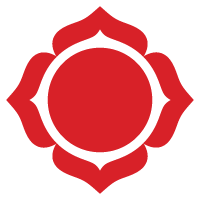 muladhara – the root chakra
muladhara – the root chakrarelated poses
[yoga-sharrre]
How To Do Elephant’s Trunk Yoga Pose
- Begin by entering the Staff Pose (Dandasana), legs extended in front of you. Lift up through the spine, spreading out through the shoulders. Take a few breaths in this position.
- Lift the right leg up and bend at the knee, pulling the lower leg toward the chest with both hands. Bring the right arm under the right leg, nestling the inner elbow toward the inner knee. Press the sole of your right roof into the inside of the upper left arm, bending at the elbow and bringing the forearm in front of the leg. Your shin should be roughly parallel to the floor, right knee pointing out to the right. The left leg should still be active and straight, spine long and extending up toward the ceiling. If possible, press your hands together in Anjali Mudra in front of your leg. Hold this pose for a few breaths.
- Press the leg into the chest further, using the arms to hug your leg into your heart. Gently rock the leg back and forth, loosening up the muscles and opening your hip. Coming back to center, release the leg with your right arm and pull it through further underneath the leg. Using the left hand for assistance, bring the right foot forward while keeping the leg elevated, then draw the knee backward.
- Tuck in your lower right ribs as you bring the arm in front of your lower leg, right hamstring pushed against your upper arm. Lift the lower leg as high up on the shoulder as possible, then place the right palm firmly against the floor just to the right of your sitting bone. Your arm may be slightly bent to keep the leg up. Squeeze the arm between your upper and lower leg, stabilizing the leg on the shoulder so that you may release your left hand. Place the left hand on the floor on the outside of your extended left leg, keeping it in line with the right hand.
- Keeping the arms and left leg strong and active, strengthen the abdominal muscles and push into the floor through your palms, lifting your buttocks, leg and foot off of the floor so that your hands take all of the weight and are the only remaining body parts touching the floor. Keep the head lifted, gazing forward or at a spot on the floor in front of you. Point through the toes of both feet, or push through the balls to work different foot muscles.
- Hold this elevated pose for several breaths, increasing by 5 second intervals if possible. To come out, gently lower your foot, leg and buttocks back to the floor simultaneously. Release your right leg from your shoulder, bringing it back over the arm and back to the ground. Come back to Staff Pose and repeat steps with the left leg.
Notes
- Breathe deeply through each step.
- This is an advanced pose that requires open hips, strong arms and flexible hamstrings. Do not perform this asana if your legs are very tight, risking a muscle injury.
- Do not attempt with a wrist, arm, elbow, shoulder, lower back or knee injury.
- When bringing the leg up to the chest, be sure not to arch the back and lean in toward the floor. This can cause strain in the back muscles.
Tips
If you’re having difficulty supporting the entire weight of your body on your hands, try lifting just your buttocks, then try lifting only your leg and foot. Alternate this until you are able to lift both up simultaneously, which may take several sessions.
Using blocks underneath both of your hands can help assist in lifting the body off of the ground.
Stretches & Strengthens
All Muscles: Biceps, triceps, shoulders, hamstrings, quads
Target Muscles: Biceps, triceps, hamstrings
Health Benefits of Elephant’s Trunk Yoga Pose
- Improves posture and balance.
- Builds core strength.

